Name Vakhtang Chabukiani | Role Ballet Dancer | |
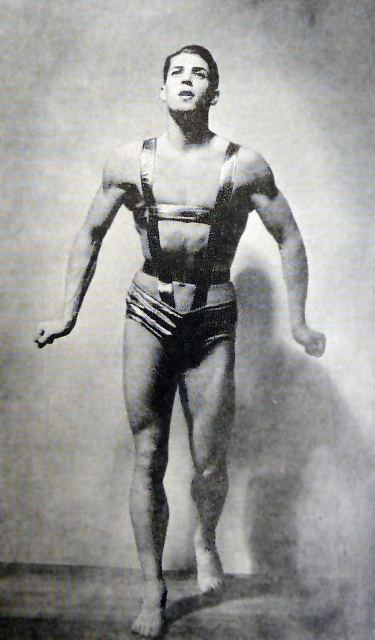 | ||
Movies Stars of the Russian Ballet | ||
Flames of paris vakhtang chabukiani
Vakhtang Mikheilis dze Chabukiani (Georgian: ვახტანგ ჭაბუკიანი) (February 27, 1910 – April 6, 1992) was a Georgian ballet dancer, choreographer and teacher highly regarded in his native country as well as abroad. He is considered to be one of the most influential male ballet dancers in history, and is noted for creating the majority of the choreography of the male variations which comprise the classical ballet repertory. This includes such famous ballets as Le Corsaire and La Bayadère.
Contents
- Flames of paris vakhtang chabukiani
- Vakhtang chabukiani the wizard of dance
- Life and early career
- Taras Bulba ballet
- Back to Tbilisi
- Film The Moor of Venice Othello 1960
- Variations
- Excerpts from articles
- References
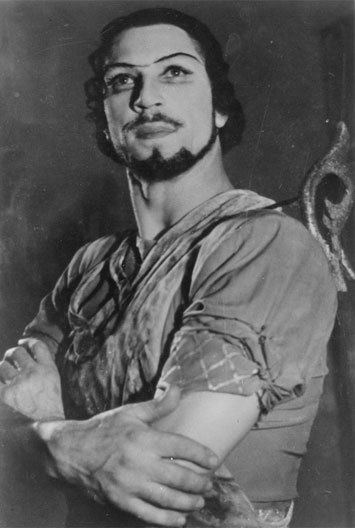
He is also noted for his and Vladimir Ponomaryov's 1941 revival of the ballet La Bayadère for the Kirov/Mariinsky Ballet, which is still retained in the company's repertory (often referred to as the "Soviet version"). This version of the ballet has served as the basis for nearly every production staged outside of Russia, including Rudolf Nureyev and Natalia Makarova's versions.

Vakhtang chabukiani the wizard of dance
Life and early career
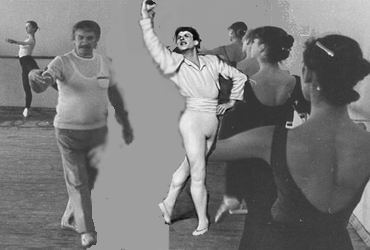
Born in Tbilisi to a Georgian father and a Latvian mother, Chabukiani graduated from the local Maria Perini Ballet Studio in 1924. He continued his studies at the Leningrad Choreographic School between 1926 and 1929. He debuted at the Kirov State Academic Theatre of Opera and Ballet in Leningrad in 1929, and toured with the first Soviet ballets in Italy and the United States in the 1930s. Vaghtang quickly established himself as a skillful artist, remaining a leading soloist with the Kirov Theatre. In 1920, the dancer and choreographer Mikhail Mordkin took over as director and continued focusing on the classical Russian repertoire staging such works as Swan Lake.
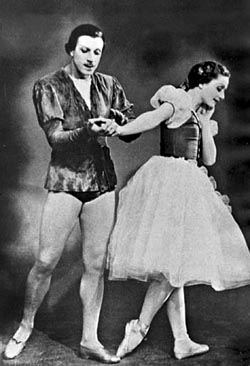
It was not until Vakhtang Chabukiani came along, however, in the 1930s that classical ballet become truly Georgian in character. Heroism and romanticism were characteristics of Chabukiani's style both as dancer and choreographer. This said, he also regularly challenged the refined delicacy of ballet and gave male dancers an active leading role in the work. Ultimately, he combined classic ballet with Georgian folk-dance traditions to create a form of dance that is uniquely Georgian.
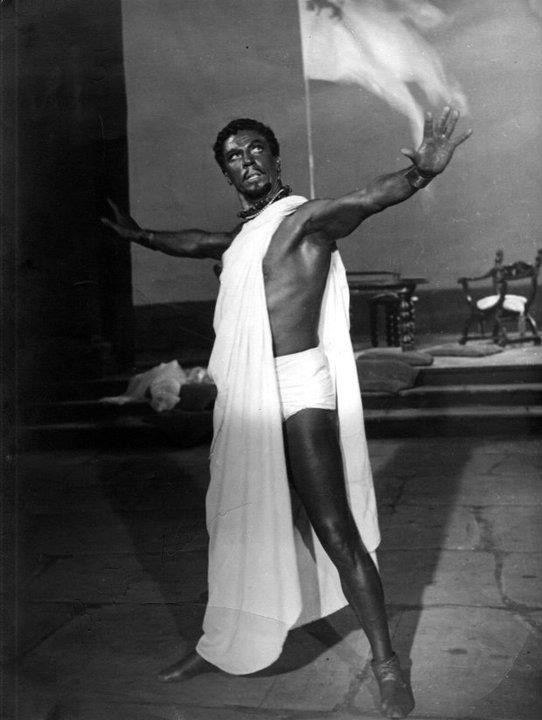
On 16 May 1930 Chabukiani performed as Siegfried in Tchaikovsky's Swan Lake. Galina Ulanova, one of the legendary performers in the role of Odette, wrote :"Such a partner as Konstantin Sergeyev provides my dancing interpretation with more lyricism, while, on the other hand - Chabukiani adds more temperament". His performance of Ludwig Minkus's Don Quixote on 16 November 1930 led to his being known and loved not only in Leningrad, but also around the whole USSR. When one of the greatest Russian tenor Leonid Sobinov first saw him, he exclaimed: "This is a miracle of nature". The Soviet press wrote:
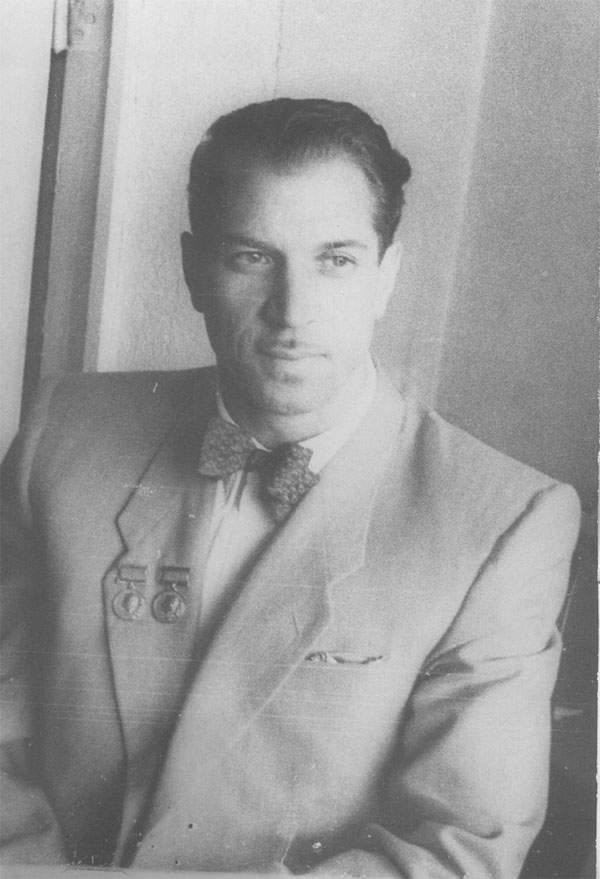
Chabukiani was born with dance in his blood and probably returned some of his back to the dance... His courageous appearance, explosive temperament, power and frankly virtuosic dancing, symbolizing the heroic origin, was expected by the Soviet ballet. The dancer did not fade into the background of partners [but] as if caus[ing an] all-comers competition, reveled in freedom, soar[ed] in flights-jumps, [rose] in mad, seeming infinite rotations...
In her book Soviet Ballet 1945 the famous English writer and journalist Iris Morley wrote:
...[In] trying to describe this unusual and magnificent dancer, [I] experienced the same difficulty, as when trying to describe a tornado. He takes possession of the whole scene, betrayed wonderful fury, sometimes dying down so that stunned the audience can see the body, as if was hewn by Rodin, you see the eagle which fell on the rocks of the Caucasus ... He is both a great classical dancer, the heir to all the traditions of Leningrad, and the embodiment of the rich folklore of his native Georgia...
Before his American tour, Chabukiani and his partner Tatyana Vecheslova gave concerts in Latvia and Estonia, where they performed pas de deux from Flames of Paris, Le corsaire and Don Quixote. In 1938 the Kirov State Academic Theatre of Opera and Ballet performed Chabukiani's own ballet The Heart of the Mountains, to music by Andria Balanchivadze (brother of Balanchine). In 1939, Chabukiani composed the ballet Laurencia based on the play Fuente Ovejuna by Lope de Vega and music by Alexander Krein. In this performance, Chabukiani attempted to combine the principles choreodramy and virtuosic classical dance.
When the reporter asked Maya Plisetskaya, what marked the beginning of the Soviet ballet, she answered: "the ballets of Chabukiani ..."
Taras Bulba (ballet)
In 1939 fascist Germany attacked Poland. The Soviet Union supported Germany and took part in annexation of Poland. The countries of Europe and the USA refused to help Poland. World War II began.
The government of the USSR demanded the works supporting policy of the USSR. The ballet Taras Bulba became such work. The short story Taras Bulba by Nikolai Gogol was put in a plot of ballet.
Taras Bulba has two sons, Ostap and Andriy. Andriy fell in love with the Polish girl and decided to rescue her. Taras Bulba counted the son as the traitor and killed him. Taras Bulba and his son Ostap were positive characters, and Andrey was the negative character.
The premiere of the ballet took place on December 12, 1940 — Leningrad, Opera and ballet theater; Vakhtang Chabukiani played Andriy's role. He so well played a role that his negative character began to be perceived by the positive. Communistic heads accused the dancer of incorrectly played role. The ballet accepted political aspect. Vakhtang Chabukiani was expelled from the well-known Leningrad theater and transferred to Tbilisi.
Back to Tbilisi
In 1941 Chabukiani returned to Georgia and served as the chief dancer and choreographer at the Tbilisi Theatre of Opera and Ballet until 1973 when he headed the Tbilisi Choreographic School. He played a major role in developing ballet in Georgia and in the training of a new generation of dancers. Among Chabukiani's pupil-students were such a great ballet dancers as : Nino(Nina) Ananiashvili, Irma Nioradze, Nikolay Tsiskaridze and Igor Zelenski, also David Makhateli, Elene Glurdjidze, Lali Kandelaki, Zakharia Amonashvili etc. "My principles remain unchanged" - wrote V.Chabukiani - "Georgian Classic Ballet must be established on the national basis, folklore elements must be organically confluent with the classic ones, but the proportions must be carefully distributed and strictly defined...".
In his film-documentary The Wizard of Dance - Vakhtang Chabukiani, the famous Georgian and Soviet Honored Artist Kote Makharadze, recolls about the Tbilisi premiere of the ballet The Heart of the Mountains : "Georgian folk dance of the warriors "Khorumi" from the third act, enriched by unexpected passages, chords and cascades of ballet steps, had been ending with a fiery dance "Mtiuluri (Mountain Dance)" performing by Chabukiani in a duet with the outstanding folk dancer, founder of National Ballet, Iliko Sukhishvili. And when the two great masters, having different plastics, crossed their arms on the stage of art, used to become the real firework of dance ... Just that dance became the first stone of building in excitable Georgian National Ballet .."
Chabukiani also worked on several films and staged ballets throughout the world : Glory of the Kirov 1940, Stars of the Russian Ballet 1953, Masters of the Georgian Ballet 1955 and The Moor of Venice - Othello 1960.
In 1958 in Moscow, on the occasion of Georgian Art Decade, he performed triumphal premiere of his The Moor of Venice - Othello, composed by Aleksandr Machavariani, where the leading roles were performed by the stars of Georgian Ballet Vahgtang Chabukiani, Vera Tsignadze and Zurab Kikaleishvili. The famous Simon (Soliko) Virsaladze made stage design. He awarded with Lenin Prize( the second in ballet after Galina Ulanova 1957). Maya Plisetskaya wrote: "The Moor personalized by Vakhtang Chabukiani is incomparable. His Othello represents the simplicity, plainness, wisdom and child naivety. This is a glory of people who created this unforgettable masterpiece". The Kirov premiere of Othello was noted by the press as truly "Chaliapin's performance". Howard Thompson, in a New York Times review of a 1960 film version of Mr. Chabukiani's Othello, described it as "Shakespeare with electricity". In 1961 Chabukiani choreographed Maurice Ravel's Boléro, in 1967 new ballet Sunrise/განთიადი on F.Glonti's music, in 1980 one-act ballet Apasionata on music of Beethoven
Throughout his career, Chabukiani received numerous awards and titles, including Honored Artist of the Russian SFSR (1939), Honored Artist of the Georgian SSR (1943), People's Artist of the USSR (1950), USSR State Prize (1941, 1948, 1951) and Lenin Prize (1958).
Film The Moor of Venice - Othello 1960
Film-Ballet from William Shakespeare's tragedy Othello
Director and Choreographer : Vakhtang Chabukiani
Stage designer : Simon (Soliko) Virsaladze
Composer: Aleksandr Machavariani
Conductor: Odysseas Dimitriadis
Orchestra: Tbilisi Zahkaria Paliashvili Opera State Orchestra
Film Producer : Tbilisi Cinema Studio
Vakhtang Chabukiani invited Mikhail Dudko on the role of Brabantio - it was a brave and honest act under the Soviet regime.
Variations
Excerpts from articles
New York Times Jan. 13, 1934 - "Took New York by Storm in MOST SENSATIONAL SUCCESS of the SEASON!"
Greatest Ovation Given any Dance Attraction SINCE AMERICAN DEBUT of LA ARGENTINA
